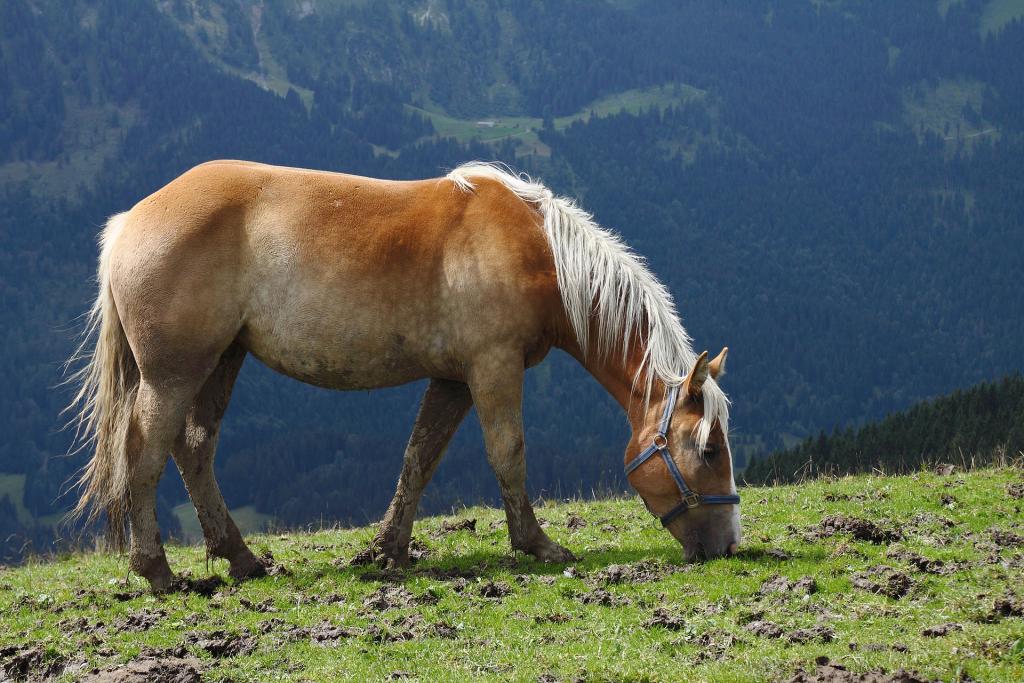
(Wikimedia Commons public domain image)
In “‘Hard’ Evidence of Ancient American Horses’ (Part 1),” I began to extract notes from an article about possible Pre-Columbian horses in the Americas that appeared in 2015, surveying the state of the question at that time: Daniel Johnson, “‘Hard’ Evidence of Ancient American Horses,” BYU Studies Quarterly 54/3 (2015): 149-179. I continue with that project, thinking that some might find my notes of interest:
Among the responses that LDS apologists have offered to the problem of horses, Daniel Johnson notes “linguistic explanations and the tapir suggestion” (157). Curiously, although I’m often mocked as “Tapir Dan,” the “Tapir Whisperer,” and the “Tapir-Back Rider,” Johnson doesn’t link me with the “tapir suggestion.” He fails to credit me with the idea, presumably, because I didn’t originate it, haven’t written very much about it, and, though I think it reasonable, am not committed to it. (Those who mock the suggestion typically know little about it, don’t really understand it, and, often, imagine that I invented it.)
The suggestion is that
Nephi is using Hebrew words such as “horse” (סוּס, sûs) and “ass” (חֲמוֹר, chămôr) to describe large mammals unknown to him but similar in some aspects to a horse or an ass, with which he certainly was familiar. On its surface, this response is potentially valid, since new animals can be difficult to name. (157)
Johnson cites the famliar example of the hippopotamus, which is the Greek for “river horse.” (157) He could also have mentioned the German equivalent, Nilpferd (“Nile horse”), but didn’t.
If this idea is pursued, writes Johnson,
a likely candidate for Nephi’s “horse” has to be Baird’s tapir. It was the largest known land mammal native to Central America at the time of European contact. It is actually related to the primitive horse and known in Spanish as the anteburro. The tapir is the national animal of Belize, where it is also known as the mountain cow [another instance of using the name of one quite distinct animal for another thought to be in some way similar]. In Mexican languages, it is called tzemen in Tzeltal; in Lacandón, it is called cash-i-tzimin, meaning “horse of the jungle.” (158)
In adult tapirs, body mass can range between 330 and 880 pounds (150 and 400 kilograms). (158)
Interestingly, like horses and other hoofed animals, tapirs exhibit the flehmen response, curling back the lips to allow for great smelling or olfactory reception of pheromones. (158)
With a bit of imagination, readers can see why Nephi would have called this animal a horse if he had no Hebrew vocabulary for it. Similarly, the Maya during the Spanish Conquest, having no word for the European horse, called it tzimin (tapir), an animal they did know. (158)
Nonetheless, Johnson is dissatisfied with the suggestion, calling it “weak” (157). And I tend to agree, although I think that the weakness lies at least as much in its demonstrated inability to persuade critics as it does in the intrinsic merit of the tapir hypothesis:
All in all, this explanation may make some sense, but it does not win over many opponents of the Book of Mormon. A better challenge must be forthcoming if the critics are to take notice. (158)
What if Nephi and his successors really did write about horses as Book of Mormon readers of today would know them? (158)
Yes, indeed. What if?
To be continued.











